Überblick
Amber as a raw material for jewelry or amulets has been documented in Europe since the Upper Paleolithic and is still popular as a gemstone today. It was probably its translucency and ease of working that made it such a sought-after material. Although numerous amber deposits are known in Europe today, Baltic amber played a central role in prehistory and was traded over long distances as far as the Iberian Peninsula from the Neolithic period onwards. Amber was also a coveted trading object in the Roman Empire. There is sufficient written evidence that the Romans actually obtained their amber from the Baltic or North Sea coast, for example Pliny the Elder reported in his Naturalis historiae that amber was produced on islands in the northern ocean. Until now, research has concentrated on amber finds in Europe and the Levant. Our project aims to include African amber finds in the discussions on the amber trade. Only then can ancient trade networks be better understood. Africa is an important part of this network and must not be ignored.






